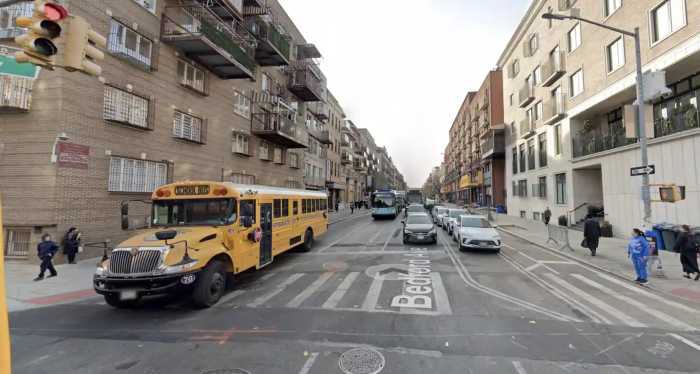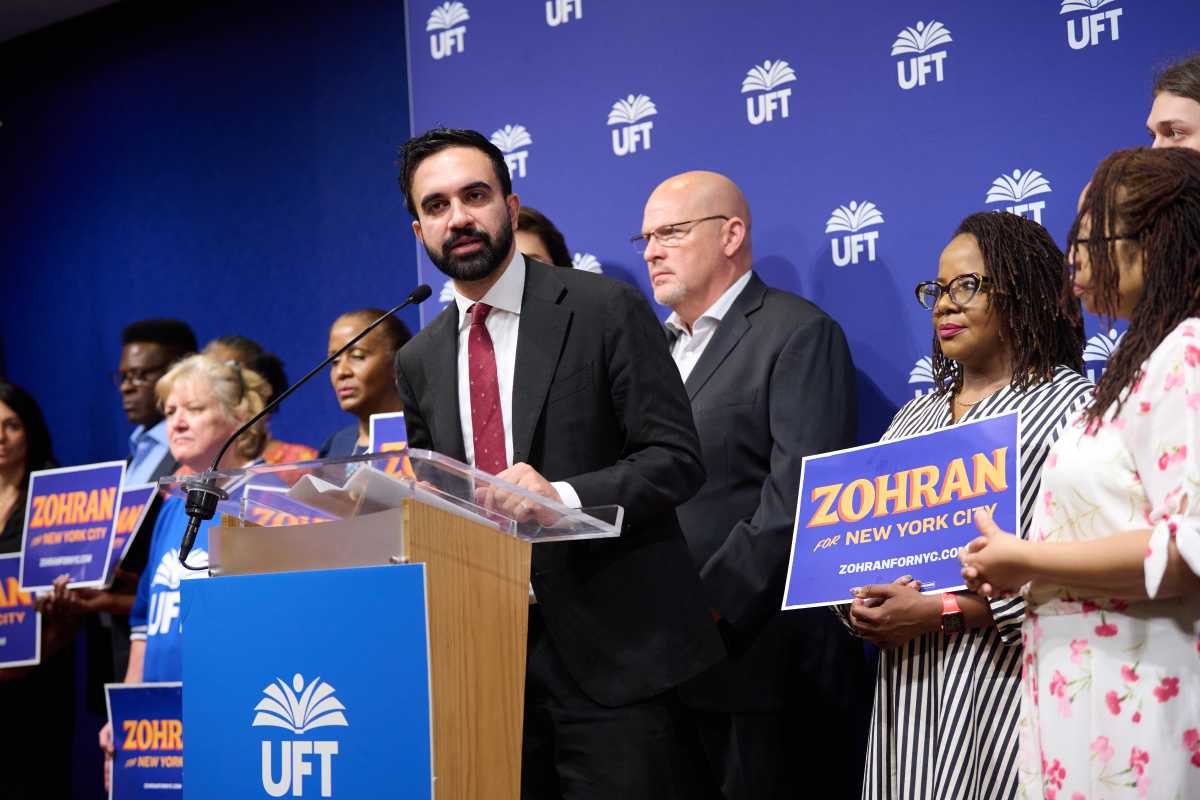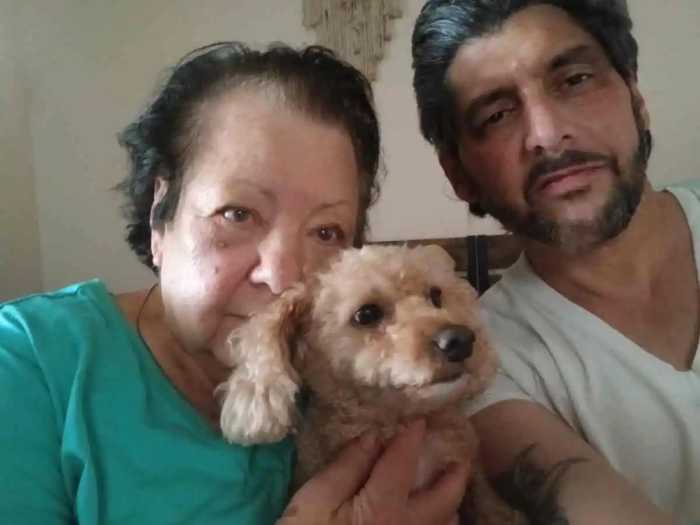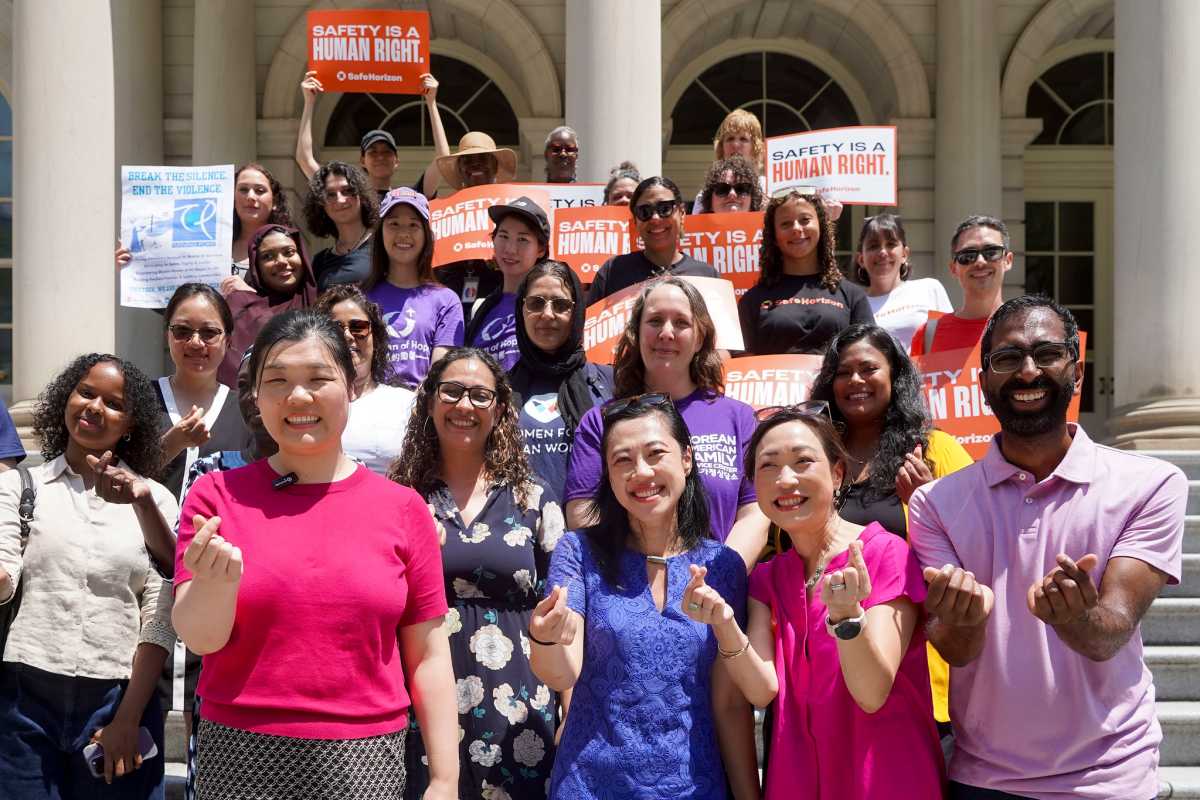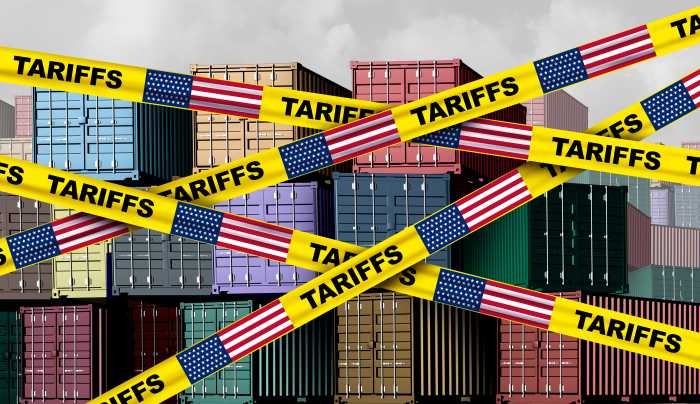While the chips have yet to fall on congestion pricing, April 1 is the deadline for the Legislature to approve a budget including the proposal, which has been heralded as the best option for providing the state-run Metropolitan Transportation Authority with the estimated $40 billion it needs to dramatically modernize the subway system.
Not only does the antiquated transit system need extensive, system-wide overhauls, but the agency is facing a steep decline in ridership as a $1-billion deficit looms in 2022. As legislators decide whether or not to vote to include congestion pricing in Gov. Cuomo’s 2020 executive budget before it is due next month, here are some things you should know about the scheme:
• The cost to drivers has not been decided upon by lawmakers or the Transportation Authority. An early proposal by Cuomo’s so-called Fix NYC panel released in January 2018 suggested charging passenger cars entering Manhattan up to $11 during business hours. Trucks would have to pay about $25 to conduct business between boroughs, according to that proposal
• The governor’s office has outlined a central business district in Manhattan below 60th Street as the boundary for where drivers to expect to pay to access. Traditionally free East River bridges would not be directly tolled, according to early projections, unless drivers follow routes continuing into the central business district. But a clear definition of where gantries for cashless tolling would be placed has not been established.
• Congestion pricing has been projected to provide about $15 billion for the Transportation Authority’s next capital plan, which encompasses 2020 through 2024. Those funds could go a long way toward making the subways more compliant with federal accessibility laws in the coming years, for one. And much of the cash would likely go toward funding the $40-billion so-called Fast Forward plan to modernize the system that Andy Byford, the head of the state-run agency’s local arm, New York City Transit, introduced last year.
• Assembly Majority Leader Carl Heastie (D–Bronx) announced on March 25 that congestion pricing had enough votes to pass and get inclusion in the 2020 executive budget, but some lawmakers are still holding onto their opposition to the toll, which they claim will only isolate the outer boroughs from Manhattan, while placing an undue financial burden on some Brooklyn constituents. Assemblywoman Rodneyse Bichotte (D–Flatbush), for instance, opposes the plan, which she reportedly claimed would tax some of the borough’s already vulnerable residents.
• The plan would only affect between one and two percent of Kings Countians who drive into the distant isle of Manhattan, according to analysts. Leaders of the independent Regional Plan Association, which advocates in favor of the tolls, claim they will only impact some 1.3 percent of Brooklynites, while data culled by another group supporting the plan, the Tri-State Transportation Campaign, estimates that number could be as high as 2.4 percent.
• Congestion pricing is part of a $175-billion budget that Cuomo proposed in January, and the plan received support from Mayor DeBlasio in February after his administration opposed it for more than a year, when it instead advocated for a so-called millionaire’s tax to fund the transit system — which Cuomo and then Transit Authority Chairman Joe Lhota shot down, claiming it lacked immediacy.
• Establishing a dedicated revenue source for the Transit Authority, which moves more than 8-million people per day across all the services it provides, is not the only reform Cuomo has ordered to be made to the agency. It will also undergo a restructuring to improve accountability in financing, cut down on bureaucracy, and have a board made up of members appointed by an elected official, whose tenure would expire with that of the politicians themselves. The restructuring will include a variable pricing structure for the tolls into Manhattan and establish a so-called lockbox for those funds to go into.
• Budget amendments would determine the pricing structure, “which would take into account the type of vehicle, the time and day of the week, credit for any tolls paid at other bridges and tunnels, as well as other key factors.”
• The lockbox for congestion-pricing funds would ensure that 100 percent of the revenue collected would only be used for Transportation Authority capital projects.
• Congestion pricing was first proposed by former Mayor Bloomberg, but it proved unpopular at the state level and was killed before it could even make it to a vote in the Assembly in 2008.
• The environmental impacts of congestion pricing can dramatically improve the overall health of communities in central zones where it is implemented, according to a Johns Hopkins study performed in Sweden, which showed asthma attacks in children decreased by up to 50 percent after Stockholm enacted its own congestion-pricing scheme. The Los Angeles–based organization Transform, however, warns that congestion pricing can also pass on the burden of traffic pollution to other communities, and that legislators should take caution.


